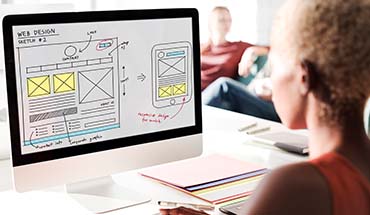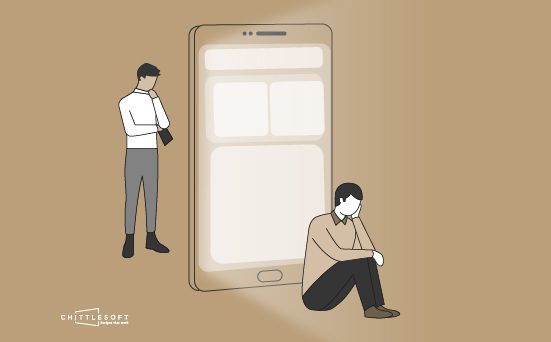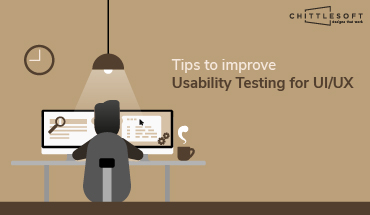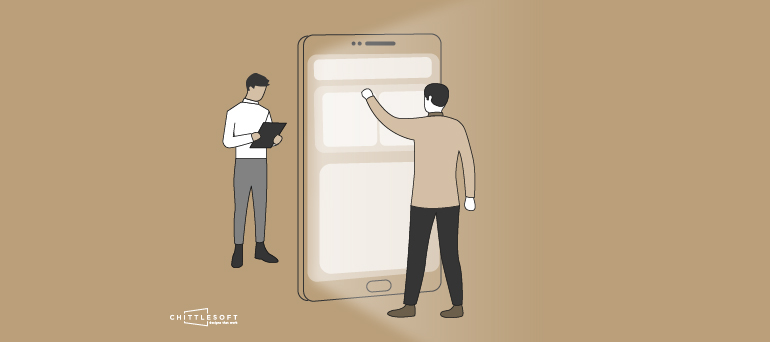
Our previous blog covered the 5 stages of Design Thinking proposed by the Hasso-Plattner Institute of Design at Stanford (d.school). The underlying goal of this process is to help organizations keep up with the global movement towards a human-centered design (HCD) approach. Empathy is integral to the success of this model, and we’ll be looking at that stage in more detail here.
What is Empathy?
Empathy is “the ability to share someone else’s feelings or experiences by imagining what it would be like to be in that person’s situation.” (source)
Here’s what it entails:
Simply put, empathy involves putting yourself in someone else’s shoes. To successfully empathize with users, designers will need to shelve their own perceptions, beliefs, and biases. They will need to become listeners and show the user that not only have they identified their challenge, they understand it.
Will it affect my product?
Absolutely – how you understand and connect with your users’ pain points will set the tone for your product. In the video below, AirBnB’s Tina Baretto explains that designing with empathy means approaching a problem from a different space or angle. She goes on to say, “it’s amazing how innovative you can be if you’re thinking outside yourself… by not designing for ourselves, we can incite better experiences.” Empathy could, therefore, determine the success of your product.
How can designers introduce empathy into their design process?
There are various tools and methods that designers use, including the following:
- Empathy Mapping is a popular choice. One of our Graphic and Experience Design experts describes how you can go about that here.
- This is what the process might look like, and how you can use empathy mapping to break out of the box.
- Storyboarding is another way to understand the customer experience better. Sketch the journey one step at a time. It will help you isolate the challenges that come up, and the decisions your user is likely to make along the way. It’s a great exercise for the team to work on together, to get everyone on the same page.
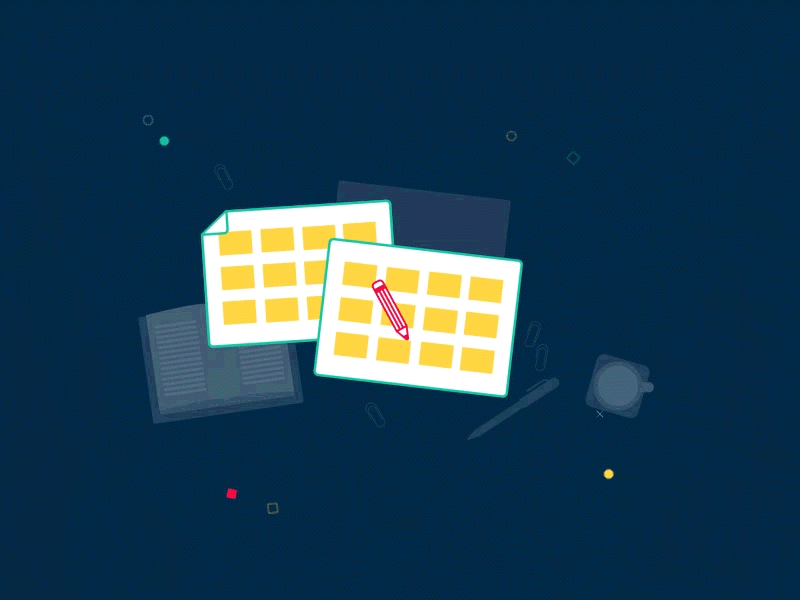
’60 second films – storyboarding’ by Paul Logan
- Empathy Interviews give you access to points you may not otherwise consider. Lorca Lokassa Sa compares them to a doctor’s appointment. In that scenario, you are the user being observed, while the doctor is the researcher. The doctor has to be a skilled interviewer and an unbiased, attentive listener whose job it is to make the right diagnosis and recommendation. To get useful insights, you will need to select your interviewees carefully, plan your questions well, be engaging in your delivery, and encourage honest responses. For inspiration, check out this creative explanation of what it means to demonstrate empathy to your users.
Such tools and methods point to the fact that it takes a significant amount of thought and careful research to understand your user. The Chittlesoft team can help you out with that, so drop us a quick message here!
Our next blog will cover stage 2 of the design thinking process: defining the problem.
Many of our customers come to us in search of a good creative branding agency or digital design studio in Pune and then find all the design services they need under one roof. Learn how we use our design expertise to supplement your resources!
Key Sources:
https://dictionary.cambridge.org/
https://dribbble.com/
https://www.youtube.com/


